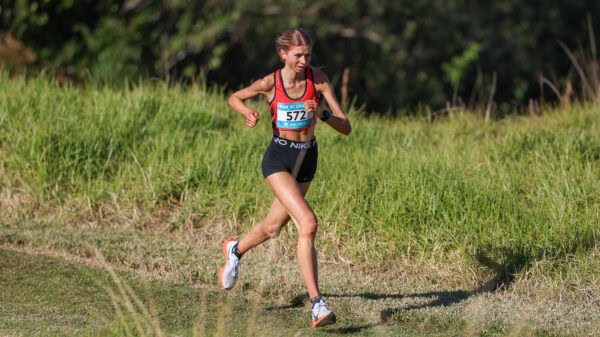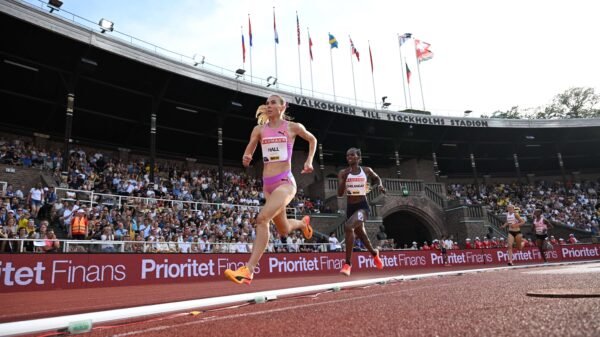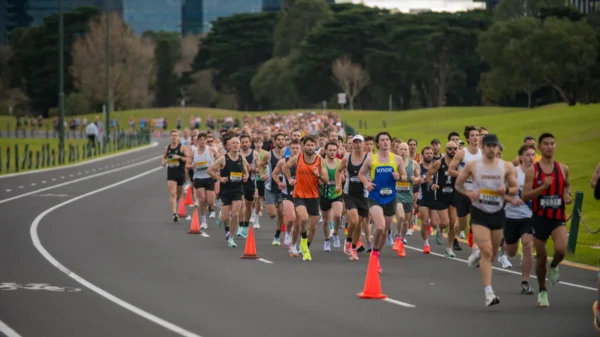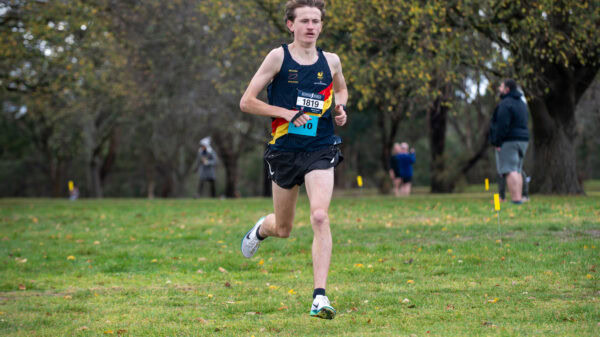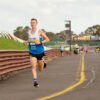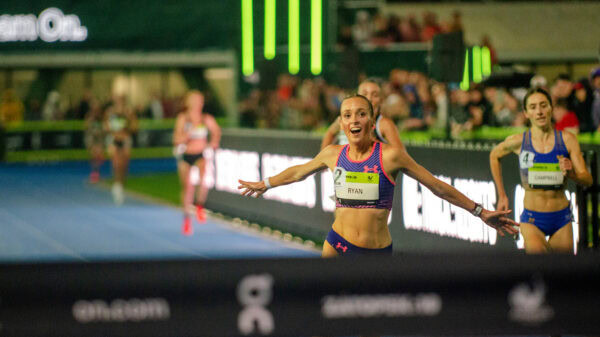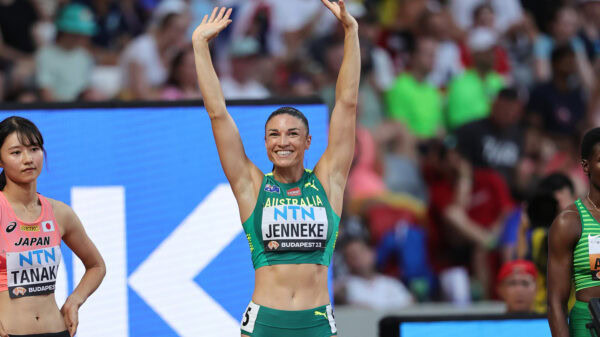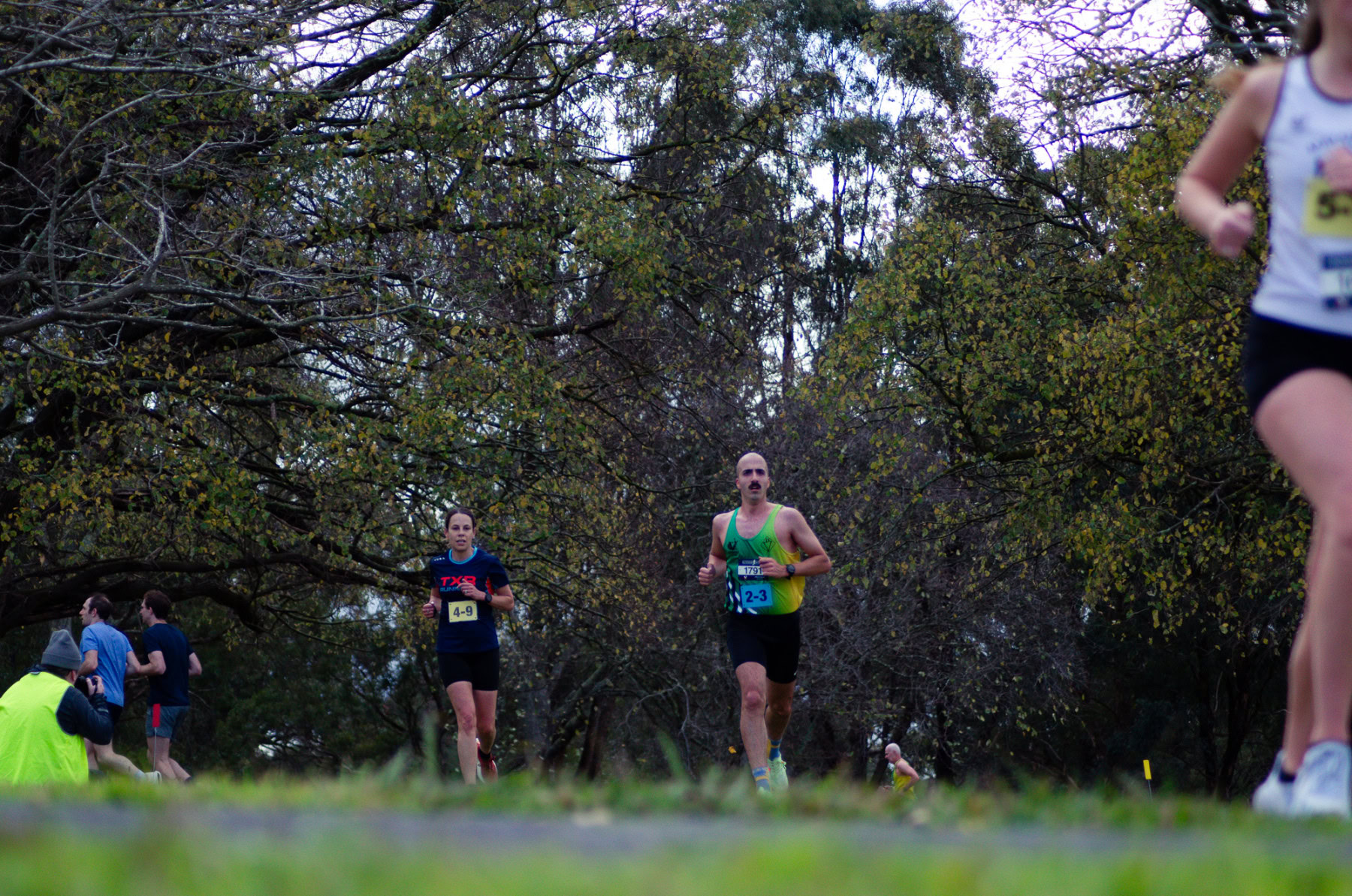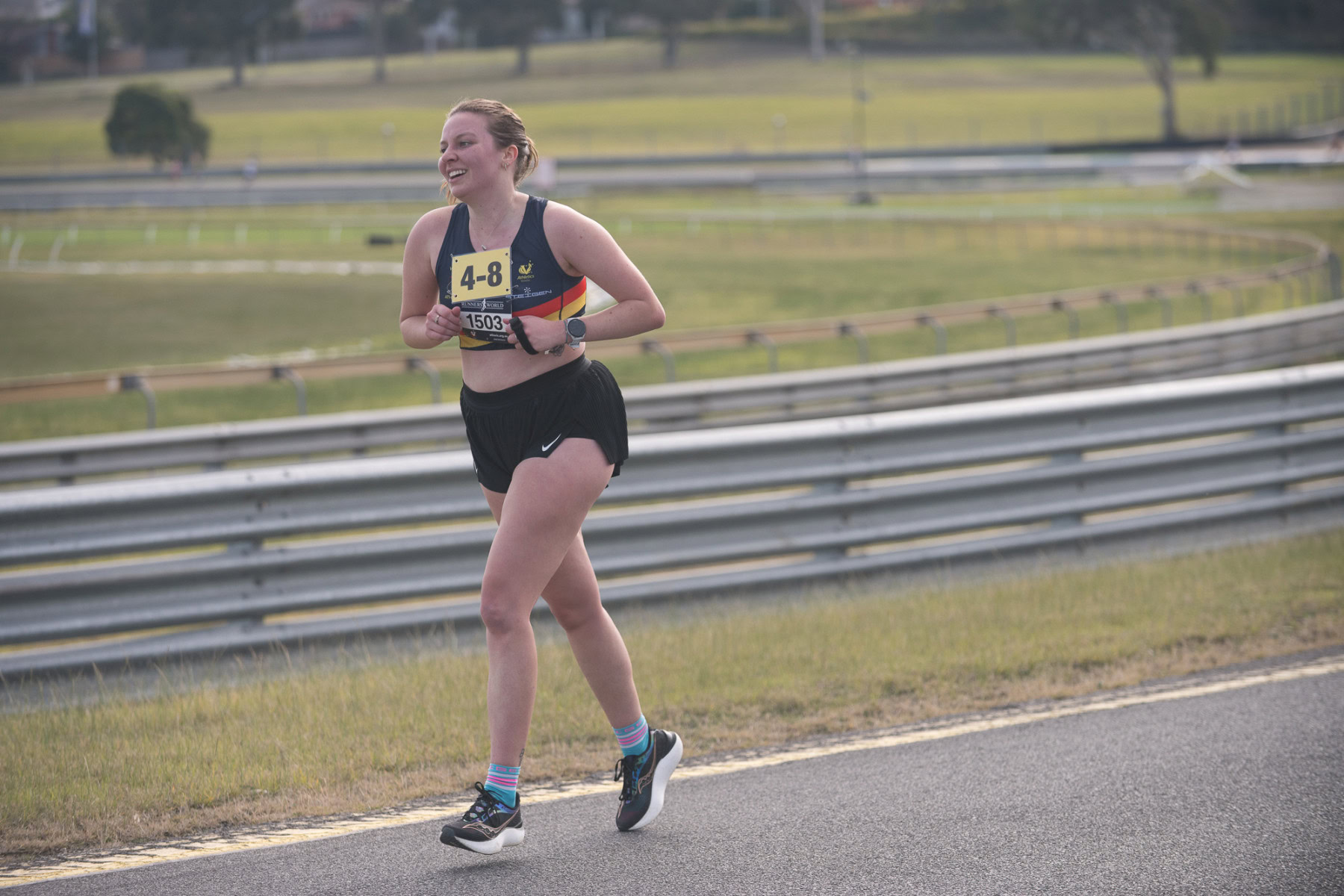Super fast times in the marathon make gaining selection for Paris a tricky proposition.
In the women’s ranks, Australia has six women qualified for Paris, with only three able to be selected. Running at 2 hours, 25 minutes for the marathon, or even faster, won’t necessarily be good enough to wear the green and gold.
For men, there’s three athlete qualified – two by reaching the qualifying stanard and the other by reaching a quota position based on world ranking scores – and the reality is that a 2:08 runner will not make the cut.
Sure, marathon times have dropped by minutes with the advent of super shoe technology, but the competitiveness of the event is also advancing.
Women
December’s Valencia Marathon saw a rewriting of the Australian all-time lists, with Genevieve Gregson (2:23:08) moving to third and Isobel Batt-Doyle (2:23:27) moving to fifth.
Lisa Weightman ran 2:24:18, with Eloise Wellings clocking 2:25:47.
All four were inside the Olympic qualifying standard of 2:26:50.
The performances also show that the marathon is a race of thin margins, with Gregson and Batt-Doyle recording sizeable personal bests, while Weightman was running with COVID and slowed in the closing stages, while Wellings – who was side-by-side with Gregson at the 35km mark, was forced to stop during the final kilometres.
With Australian record holder Sinead Diver also having the qualifying standard for the Olympics and super mum Jessica Stenson also running the qualifier 7 months after the birth of her second child, there’s six women qualified for just three spots. In an event that isn’t raced often, across different courses and climates, and without any selection trial it means half of the qualified athletes will be disappointed when they aren’t selected.
| Name | Fastest time in qualifying period | Other marathons in qualifying period |
|---|---|---|
| Sinead Diver | 2:21:34 (Valencia ’22, Aust Record) – 12th | 2:31:27 (Sydney ’23) – 8th |
| Genevieve Gregson | 2:23:08 (Valencia ’23) – 8th | 2:28:33 (Gold Coast ’23, debut) – 3rd |
| Lisa Weightman | 2:23:15 (Osaka ’23) – 4th | 2:24:18 (Valenica ’23) – 13th 2:24:32 (Osaka ’24) – 3rd 2:30:50 (Budapest 23 World Champs) – 16th 2:31:42 (Tokyo ’23 – week following her Osaka PB) – 13th |
| Isobel Batt-Doyle | 2:23:27 (Valenica ’23) – 10th | 2:27:54 (Nagoya ’23) – 10th 2:37:53 (Budapest ’23 World Champs) – 43rd |
| Jessica Stenson | 2:24:01 (Daegu ’24) – 4th | 2:27:27 (New York ’22) – 9th |
| Eloise Wellings | 2:25:47 (Valenica ’23) – 26th | 2:31:38 (Gold Coast ’23) – 4th 2:32:09 (Nagoya ’23) – 18th 2:34:50 (New York, ’22) – 18th DNF (Nayoya ’24) |
In head-to-head contests the results follow the same hierarchy as the fastest ranked times, with the exception of Batt-Doyle finishing ahead of Weightman in Valencia in December 2023.
The likely trio to be selected are Diver, Gregson and Weightman. Not just are they the three fastest qualifiers in the period, their cases based on performances within the qualifying period are:
- Sinead Diver: Australian record holder at 2:21:34 and Australian champion, run over a hot and hilly Sydney Marathon course. The Paris course is expected to be similarly difficult.
- Genevieve Gregson: Made a great debut on the Gold Coast last year and then broke through in her second marathon with her 2:23:08 run in Valencia, beating Isobel Batt-Doyle and Lisa Weightman head-to-head.
- Lisa Weightman: Consistently fast and the only athlete to run more than one qualifying performance, with three. Also finished 16th in hot conditions at last year’s World Championships in Budapest.
While there’s likely also case for selecting Batt-Doyle (the youngest of the six) or Stenson (her personal best off just six months of training post child birth), it’s hard to see either of their cases being objectively better than Diver’s, Gregson’s or Weightman’s. Here’s what Athletics Australia’s selectors will consider as set out in the Nomination Criteria:
(i) Athletes who achieve a top eight (8) finish at the 2023 Budapest World Athletics Championships in the Marathon and have displayed similar form by achieving consistent top 8 finishes in international competitions (if held) in the lead up to the Nomination Date for Marathon,
(ii) each Athlete’s competitive record and demonstrated ability during the Qualification Period to plan their performances to peak at a major championship; and
(iii) any other factor, or combination of factors, which the AA Selection Committee considers relevant in nominating Athletes for the Marathon.

Men
Things aren’t as difficult in the men’s ranks, with the three athletes who have qualified the ones likely to be selected.
Australian record holder Brett Robinson was the first with the 2:08:10 qualifying standard, courtesy of his 2:07:31 Australian record he set in Fukuoka in 2022. He backed it up with a solid 2:08:29 there last year as well as 7th and 8th places in the London and Sydney Marathons respectively.
Robinson was joined as a qualifier by Pat Tiernan, who ran 2:07:45 in January.
The World Athletics Olympic qualifying process works in two parts, with an 80 person field the maximum. At 30 January 2024 the top 65 athletes on the ‘Road to Paris’ qualifying list were deemed to be qualified. This included athletes (on a 3 per nation basis) who have met the qualifying standard, or who are next best ranked through World Athletics Rankings.
At the end of the qualifying period on 6 May, the remaining 15 spots are allocated (based on either qualifying standards, or less likely, World Rankings).
Liam Adams is currently ranked 73rd on that list and unlikely to drop outside the 80. His personal best is 2:08:39 set at last year’s Gold Coast Marathon.
STOP PRESS!
In an unexpected move World Athletics has added 11 Universality athletes (athletes whose country don’t have a qualifier in any other event) into the quota of 80, which appears to have bumped Adams out of contention. Letsrun.com has covered the controversy in detail.
Andrew Buchanan ran a spirited 2:08:58 last weekend in Hamburg, but it wasn’t enough to reach the qualifying standard or move him to within the qualifying quota. However, both are a moot point that don’t prevent him being selected, as Robinson’s, Tiernan’s and Adams’s performances qualify a position in the marathon for Australia that doesn’t necessarily need to be filled by those athletes. Any athlete running under 2:11:30 can be picked, with Buchanan the only other athlete under that performance since the 6 November 2022 qualifying period commenced. Still, its unlikely.
Selection Appeals?
There’s been speculation within the running community that there may be appeals to the selections made, particularly in the women’s event. That’s possible, but unlikely to change the original decision given the breadth of the discretion, unless there’s a fundamental error made by the experienced Athletics Australia selectors.
If there’s an appeal there’s a couple of days where an alternative dispute resolution process takes place with the appealing athlete being provided reasons why they weren’t selected and Athletics Australia receiving a counter response, and then having discussions.
If the matter remains open after that it can proceed to the National Sports Tribunal – an independent body – that will consider the process under which the selection decision was made. An appeal can only be successful if one or more of below occur:
a) the applicable Nomination Criteria was not properly applied by Athletics Australia;
b) Athletics Australia was affected by actual bias in making its decision with respect to the Non-Nominated Athlete;
c) There was no material on which Athletics Australia’s decision could be reasonably based.
There’s then further avenues for appeal, but on increasingly limited scope such as natural justice not being observed by the appeals tribunal or errors of law being made.
Much of the speculation on the possibility of a selection appeal hinges on the thought ‘that everyone has a good case.’ That doesn’t mean that all cases are as good as each other, but if it did, it would mean that there’d be very limited possibility of any appeal being successful – choices ultimately need to be made by the selectors. The athletes have already made their case – on the roads – as it should be, and what wonderful cases they are.



